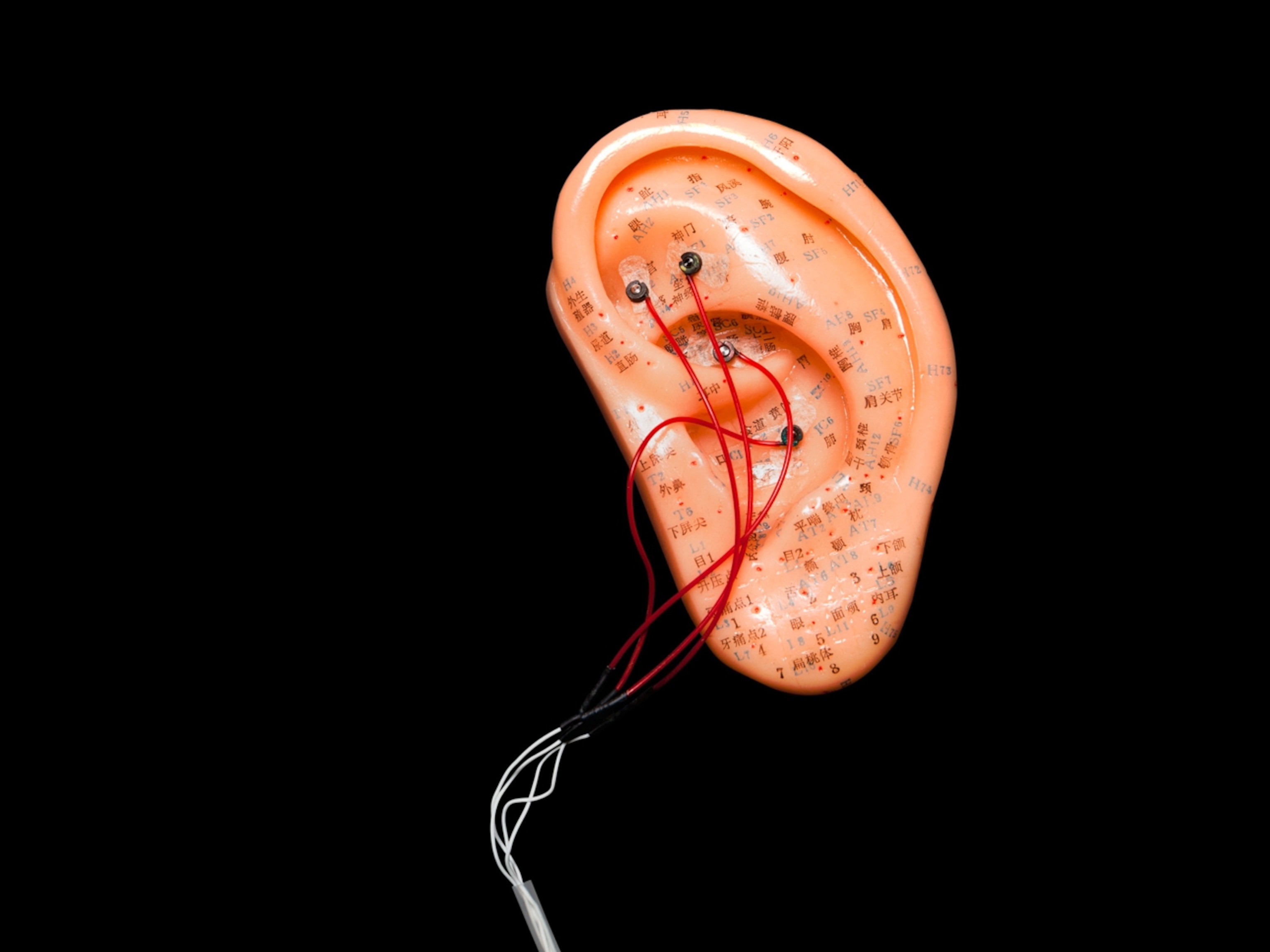
Daylight Saving Time 2013: When Does It End? And Why?
Here's why we get an extra hour of sleep and an earlier sunset this weekend.
With an extra hour of sleep and an earlier sunset, daylight saving time (also called daylight savings time) ends this weekend.
That means clock confusion is once again ticking away, giving rise to hotly debated questions: Why do we spring forward and fall back? Does daylight saving time (DST) really save energy? Is it bad for your health? Here are some answers from the experts.
When Will Daylight Saving Time End in 2013?
For most Americans daylight saving time will end with a "fall back" to standard time on Sunday, November 3, at 2 a.m. Most states "sprang forward" an hour to begin DST on Sunday, March 10. (Read about the start of 2013 daylight saving time.)
But the federal government doesn't require U.S. states or territories to observe daylight saving time, which is why residents of Arizona (except for residents of the Navajo Indian Reservation), Hawaii, Puerto Rico, the Virgin Islands, American Samoa, Guam, and the Northern Marianas Islands won't need to change their clocks this weekend.
Around the world the observance of DST remains very much a mixed bag. In Russia, which abolished daylight saving time in 2011, dark mornings are so unpopular that a coalition in the nation's Duma have proposed legislation to reinstate the practice by the end of this year.
Meanwhile in Japan, which hasn't observed DST in over 60 years, some politicians suggest a return could help ease the nation's post-Fukushima energy crunch.
Brazil seems to split the difference. While only parts of the sprawling nation observe daylight saving time, those regions include major cities like Brasilia, Sao Paulo, and Rio de Janeiro. Brazil's electric utility estimates that DST saves some U.S. $200 million a year, largely by easing urban power demand on hot summer days.
Where it is observed, DST has been known to cause problems.
National surveys by Rasmussen Reports, for example, show that 83 percent of respondents knew when to move their clocks ahead in spring 2010. Twenty-seven percent, though, admitted they'd been an hour early or late at least once in their lives because they hadn't changed their clocks correctly.
So why do we use daylight saving time in the first place?
How and When Did Daylight Saving Time Start?
Ben Franklin—of "early to bed and early to rise" fame—was apparently the first person to suggest the concept of daylight saving time, according to computer scientist David Prerau, author of the book Seize the Daylight: The Curious and Contentious Story of Daylight Saving Time.
While serving as U.S. ambassador to France in Paris, Franklin wrote of being awakened at 6 a.m. and realizing, to his surprise, that the sun rose far earlier than he usually did. Imagine the resources that might be saved if he and others rose before noon and burned less midnight oil, Franklin, tongue half in cheek, wrote to a newspaper.
"Franklin seriously realized it would be beneficial to make better use of daylight, but he didn't really know how to implement it," Prerau said.
It wasn't until World War I that daylight savings were realized on a grand scale. Germany was the first state to adopt the time changes, to reduce artificial lighting and thereby save coal for the war effort. Friends and foes soon followed suit.
In the U.S. a federal law standardized the yearly start and end of daylight saving time in 1918—for the states that chose to observe it.
During World War II the U.S. made daylight saving time mandatory for the whole country, as a way to save wartime resources. Between February 9, 1942, and September 30, 1945, the government took it a step further. During this period DST was observed year-round, essentially making it the new standard time, if only for a few years.
Since the end of World War II, though, daylight saving time has always been optional for U.S. states. But its beginning and end have shifted—and occasionally disappeared.
During the 1973-74 Arab oil embargo, the U.S. once again extended daylight saving time through the winter, resulting in a one percent decrease in the country's electrical load, according to federal studies cited by Prerau.
Thirty years later the Energy Policy Act of 2005 was enacted, mandating a controversial month-long extension of daylight saving time, starting in 2007.
But does daylight saving time really save any energy?
Daylight Saving Time: Energy Saver or Just Time Sink?
In recent years several studies have suggested that daylight saving time doesn't actually save energy—and might even result in a net loss.
Environmental economist Hendrik Wolff, of the University of Washington, co-authored a paper that studied Australian power-use data when parts of the country extended daylight saving time for the 2000 Sydney Olympics and other parts did not. The researchers found that the practice reduced lighting and electricity consumption in the evening but increased energy use in the now-dark mornings—wiping out the evening gains.
Likewise, Matthew Kotchen, an environmental economist at Yale, saw in Indiana a situation ripe for study.
Prior to 2006 only 15 of the state's 92 counties observed daylight saving time. So when the whole state adopted DST, it became possible to compare before-and-after energy use. While use of artificial lights dropped, increased air-conditioning use more than offset any energy gains, according to the daylight saving time research Kotchen led for the National Bureau of Economic Research in 2008.
That's because the extra hour that daylight saving time adds in the evening is a hotter hour. "So if people get home an hour earlier in a warmer house, they turn on their air conditioning," the University of Washington's Wolff said in 2011.
In fact, Hoosier consumers paid more on their electric bills than before they made the annual switch to daylight saving time, the study found. (Related: "Extended Daylight Saving Time Not an Energy Saver?")
But other studies do show energy gains.
In an October 2008 report to Congress, mandated by the same 2005 energy act that extended daylight saving time, the U.S. Department of Energy asserted that springing forward does save energy.
Extended daylight saving time saved 1.3 terawatt hours of electricity. That figure suggests that the practice reduces annual U.S. electricity consumption by 0.03 percent and overall energy consumption by 0.02 percent.
While those percentages seem small, they could represent significant savings because of the nation's enormous total energy use.
What's more, savings in some regions are apparently greater than in others.
California, for instance, appears to benefit most from daylight saving time—perhaps because its relatively mild weather encourages people to stay outdoors later. The Energy Department report found that DST resulted in an energy savings of one percent daily in the state.
But Wolff, one of many scholars who contributed to the federal report, suggested that the numbers were subject to statistical variability and shouldn't be taken as hard facts.
And DST's energy gains in the U.S. largely depend on your location in relation to the Mason-Dixon Line, Wolff said.
"The North might be a slight winner because the North doesn't have as much air conditioning," he said. "But the South is a definite loser in terms of energy consumption. The South has more energy consumption under daylight saving."
(See in-depth energy coverage from National Geographic News.)
Daylight Saving Time: Healthy or Harmful?
For decades advocates of daylight saving time have argued that, energy savings or no, the practice boosts health by encouraging active lifestyles—a claim Wolff and colleagues have put to the test.
"In a nationwide American time-use study, we're clearly seeing that, at the time of daylight saving time extension in the spring, television watching is substantially reduced and outdoor behaviors like jogging, walking, or going to the park are substantially increased," Wolff said. "That's remarkable, because of course the total amount of daylight in a given day is the same."
But others warn of ill effects.
Till Roenneberg, a chronobiologist at Ludwig-Maximilians University in Munich, Germany, said in 2010 his studies show that our circadian body clocks—set by light and darkness—never adjust to gaining an "extra" hour of sunlight at the end of the day during daylight saving time.
"The consequence of that is that the majority of the population has drastically decreased productivity, decreased quality of life, increasing susceptibility to illness, and is just plain tired," Roenneberg said.
One reason so many people in the developed world are chronically overtired, he said, is that they suffer from "social jet lag." In other words, their optimal circadian sleep periods are out of whack with their actual sleep schedules.
Shifting daylight from morning to evening only increases this lag, he said.
"Light doesn't do the same things to the body in the morning and the evening. More light in the morning would advance the body clock, and that would be good. But more light in the evening would even further delay the body clock."
Other research hints at even more serious health risks.
A 2008 study in the New England Journal of Medicine concluded that, at least in Sweden, the risk of having heart attack goes up in the days just after the spring time change. "The most likely explanation to our findings are disturbed sleep and disruption of biological rhythms," lead author Imre Janszky, of the Norwegian University of Science and Technology, said in 2010. (Related: "Leap Year: How the World Makes Up for Lost Time.")
Daylight Savings Lovers, Haters
With verdicts on the benefits and costs of daylight saving time so split, it may be no surprise that the yearly time changes inspire polarized reactions.
In the U.K., for instance, the Lighter Later movement—part of 10:10, a group that advocates cutting carbon emissions—argues for a sort of extreme daylight saving time. First, they say, move standard time forward an hour; then keep observing DST as usual, adding two hours of evening daylight to what we currently consider standard time.
The folks behind StandardTime.com, on the other hand, want to abolish daylight saving time altogether. Calling energy-efficiency claims "unproven," they write: "If we are saving energy let's go year round with Daylight Saving Time. If we are not saving energy let's drop Daylight Saving Time!"
But don't most people enjoy that extra evening sun every summer? Even that remains in doubt.
National telephone surveys by Rasmussen Reports from spring 2010 and fall 2009 deliver the same answer. Most people just "don't think the time change is worth the hassle." Forty-seven percent agreed with that statement, while only 40 percent disagreed.
Seize the Daylight author Prerau said his own research on daylight saving time suggests most people are fond of it.
"I think the first day of daylight saving time is really like the first day of spring for a lot of people," Prerau said. "It's the first time that they have some time after work to make use of the springtime weather.
"I think if you ask most people if they enjoy having an extra hour of daylight in the evening eight months a year, the response would be pretty positive."







